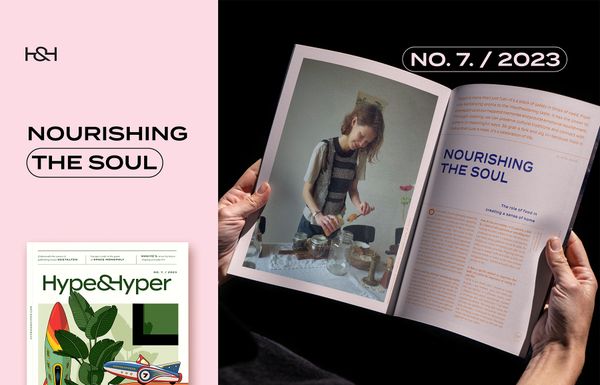The Met Gala, the Oscars, and the Cannes International Film Festival are among the world’s biggest fashion events, even though the latter two seem to have a different focus. But can the average person get their hands on the kind of clothes the stars wear to these events? What makes them choose a particular dress in the first place? Who is to say what we will wear next season? Can a fashion show still surprise anyone? Is fashion really an art? These are the questions we will be discussing in our new series, in which we will explore the most pressing issues in fashion with the help of local and regional designers and experts. To kick things off, we will clarify the most common terms associated with the topic.
A week that lasts a whole year?
If you follow the social media pages of major luxury brands such as Gucci, Chanel, Prada, or Louis Vuitton, or even internationally renowned fashion influencers and major fashion journalists, it can seem like the whole year is made up of fashion shows—and there is some truth to that.
The two big seasons are the fall/winter shows, as well as the spring/summer launches. The former is held in January and February for the coming year, the latter, also with the coming year in mind, is held around September–October. Why think so far ahead? There are simple economic reasons, as fashion shows and presentations are the events where retailers get to see a brand’s latest creations for the first time and decide what will be on the shelves next season. Designers are increasingly presenting ‘mid-season collections’, such as pre-fall and cruise/resort. These are also exciting because they are being launched in the most diverse locations around the world, such as India, Korea, and Morocco, regardless of the big fashion weeks’ venues.
Although there are basically four major fashion weeks, always in the same order—New York, London, Milan, and Paris—there are also smaller but increasingly popular and exciting events such as the Copenhagen Fashion Week, the Mercedes-Benz Fashion Week Madrid, and the Budapest Central European Fashion Week. In addition to the seasonality mentioned above, the collections are often differentiated by women’s or men’s wear, while haute couture shows are a completely separate category.
When we talk about fashion seasonality, we cannot avoid fast fashion brands and their operations. It is worth considering the mass production of fast fashion brands launching no less than 52 collections a year. That means that every week, to be precise, brand-new pieces appear in their stores or on their online platforms. We could go on forever about the unsustainability of this, but it is perhaps easier to see why if we look at the most artistic and ‘slowest’ levels of fashion in the next paragraph for comparison.
Haute Couture—The one and only
If we want to translate this French expression, “high dressmaking” is the closest to the concept. You could say it’s the highest level you can reach in fashion, which is why it has very strict rules. The key is uniqueness, which is reflected down to the smallest detail. In an haute couture dress, every last button or clasp must be individually designed, and every component must be handmade. What are the rules to follow? For example, in order to produce couture pieces, a brand must have its own tailor shop in Paris and present a collection of dozens of pieces at the Couture Fashion Week, also held in the French capital, in January and July each year. It takes hundreds of hours to create a single piece, so it’s easy to see why very few designers and brands can reach this level, if only because of the time and energy involved. These are the garments you see on stars and celebrities at the world’s most prestigious events or worn by men and women at events behind closed doors where ordinary people can’t get in.
In the next episode of our series, we will be interviewing experts on what it takes to make a fashion show special these days. How much is it about causing a stir and making an event as viral as possible, and how much is it about keeping the event true to a brand’s principles and values? Stay tuned!
Cover: László Bárdos
Sources: techfashionista., Stylecaster, Wikipedia, nytimes.com

Nourishing the soul | The role of food in creating a sense of home

It’s simple, we just overcomplicate it | Father and son










